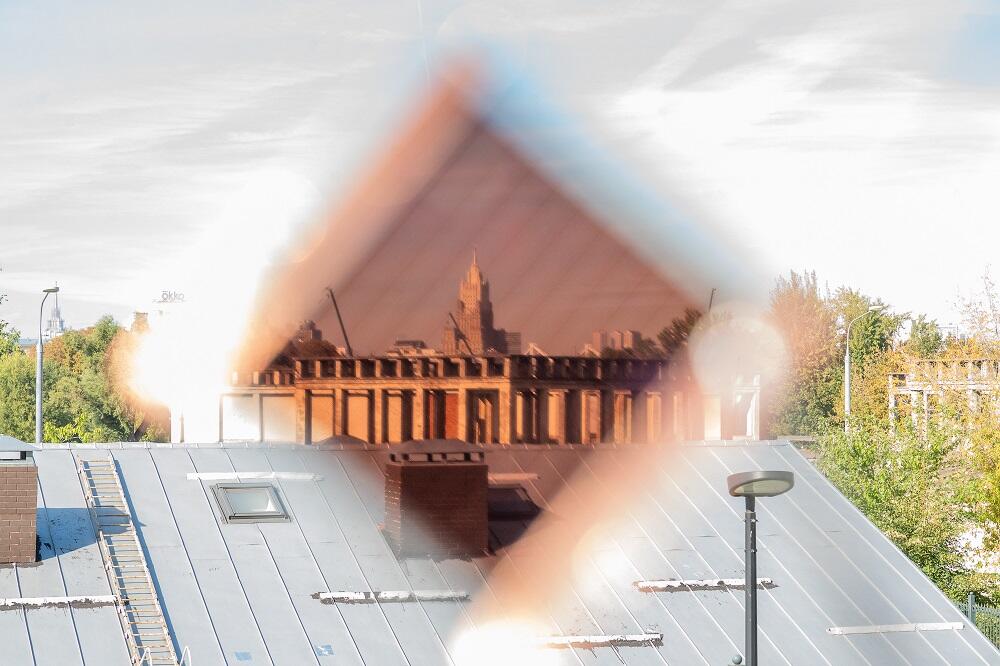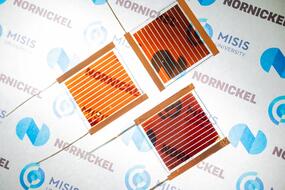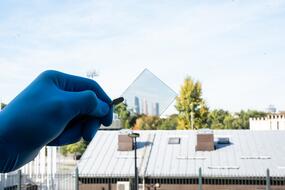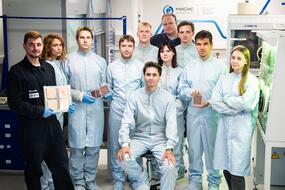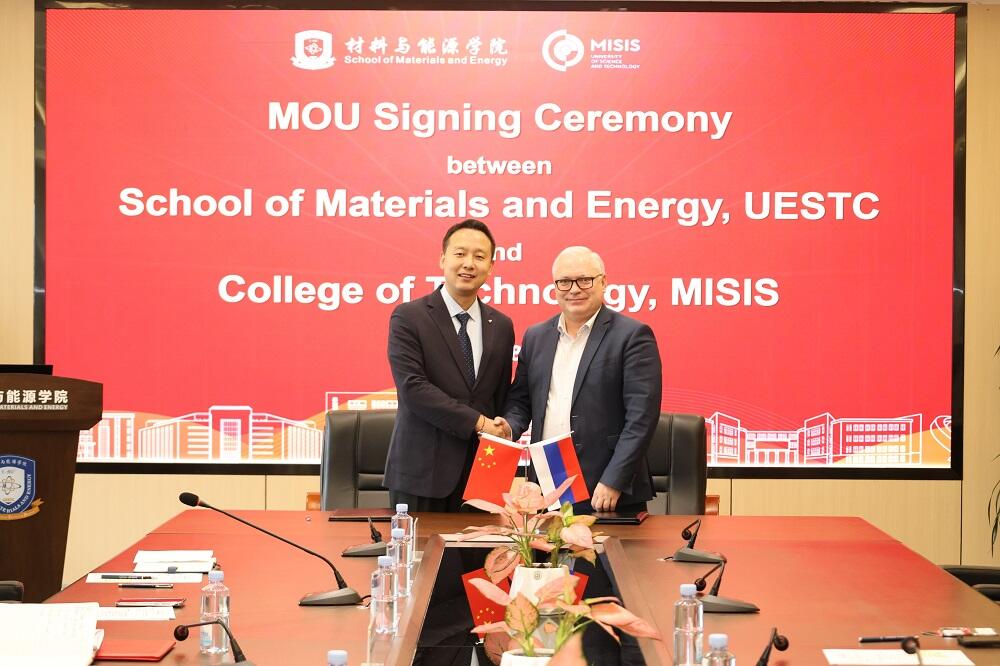The Nornickel Palladium Technology Center and NUST MISIS have presented Russia’s first scalable samples of semi-transparent perovskite solar modules designed for installation on glass facades and rooftops. The Building Integrated Photovoltaics (BIPV) technology enables architectural elements to serve as power sources while maintaining natural daylight and preventing overheating.
“New palladium-based materials allow us to rethink the very concept of solar energy — to make it an integral part of urban infrastructure. This is not just a new market, but a new technological direction. The development of solar energy, including BIPV, may require up to 10 tons of palladium annually in the future,” said Anna Stavitskaya, Project Manager at the Nornickel Palladium Technology Center.
The Building Integrated Photovoltaics technology involves embedding solar modules into the structural elements of a building — such as facades, roofs, windows, and balcony railings. These solutions allow buildings to generate electricity directly from their surfaces, reduce energy consumption, and preserve both aesthetic appearance and natural lighting.
The panels can be installed in private houses as well as on industrial sites. Unlike traditional silicon solar modules, typically mounted on rooftops or in standalone solar farms, perovskite semi-transparent panels can, for the first time in Russia, be integrated directly into glass facades and windows. The unique properties of perovskites enable them to convert solar energy even under cloudy skies and low light conditions.
“For many years, the research team at MISIS, led by the young and talented Doctor of Science Danila Saranin, has been developing technologies and materials for alternative energy. Their work focuses on extending the lifespan and increasing the efficiency of next-generation solar cells. The university has established a technological base for scaling up from laboratory prototypes to large-scale perovskite solar module testing,” said Alevtina Chernikova, Rector of NUST MISIS.
The innovative semi-transparent panels can be embedded into glass surfaces, combining over 30% transparency with efficient solar energy conversion. This combination enables three functions at once: generating electricity, providing natural lighting, and reflecting thermal radiation.
“The core of the technology lies in ultra-thin perovskite films — less than one micron thick — printed onto glass substrates. The key innovation is the use of transparent multilayer electrodes enhanced with palladium, which are resistant to oxidation. Applying a thin palladium layer has little effect on the cost of production but significantly improves resistance to moisture, air, and temperature fluctuations. Although palladium is traditionally used in microelectronics and petrochemistry, we have unlocked its potential for creating durable transparent electrodes in solar modules,” explained Danila Saranin, head of the Advanced Solar Energy Laboratory at NUST MISIS.
According to estimates, each square meter of the panel can generate up to 150 W of electricity, turning glass surfaces into active elements of a building’s energy system. This approach can offset
